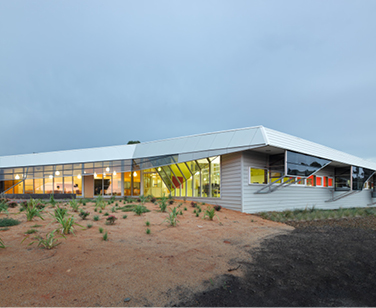Why design or build a green school?

![]()
The benefits of building green schools
The benefits of green buildings continue to stack up. The benefits of building green schools, universities and other teaching facilities include:
> A better place to teach
> Attractive to students
> Reduced environmental impacts
A more productive place to learn
|
Students that attend schools with healthy air to breathe and conditions that encourage learning are happier, healthier and perform better academically.
|
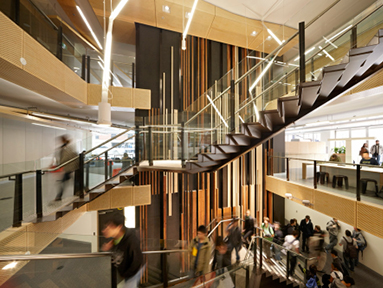 |
|
Our staff and students are finding it a wonderful place to work and learn. It’s proof that achieving our sustainability targets has also improved learning conditions |
 |
|
| Dr Peter Whitley, Gipps TAFE’s Chief Executive Office | ||
|
At Gipps TAFE Leongatha in Victoria, ventilation rates have been improved to boost concentration, health and comfort for staff and students. Read the Gipps TAFE Leongatha case study. |
|
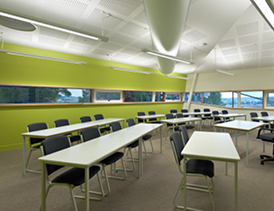 |
|
![]()
A better place to teach
|
Teachers spend up to 90 % of their day indoors, so they benefit from buildings with natural daylight, fresh air and access to views. The Impact of School Buildings on Student Health and Performance (2012) outlined a range of studies that found teacher quality and retention can be influenced by the school environment.
|
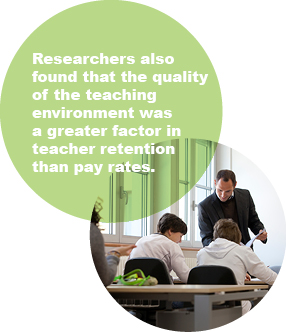 |
|
The Australian Institute of Management (AIM) wanted its Green Star-rated Katitjin Centre in Perth to capture the hearts and minds of highly influential state and national decision-makers. The Katitjin Centre will allow them to see, touch, feel and operate in a world-leading Green Star-rated building. |
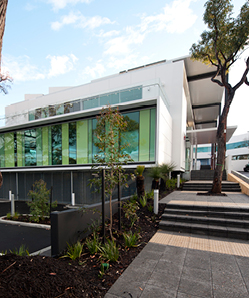 |
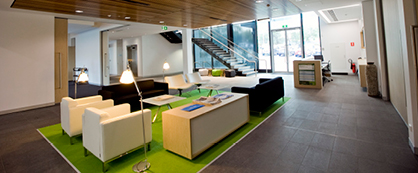 |
|
The Australian Institute of Management (AIM) “provide a tangible experience that will equip our clients with the knowledge, enthusiasm and confidence that green buildings are possible, practical and can deliver real benefits to users Patrick Cullen, AIM’s Chief Executive Officer |
 |
![]()
Attractive to students
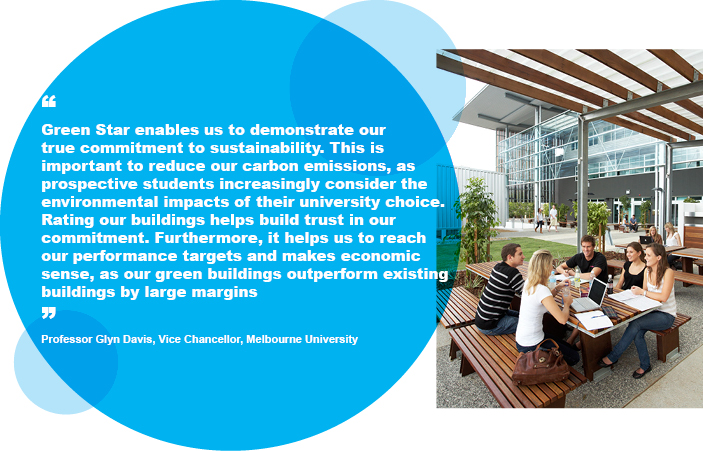
Environmental benefits
Building green is a clear expression of commitment to the environment. The Value of Green Star: A decade of environmental benefits (2013) finds that, on average, Green Star-certified buildings:
- Use 66% less electricity than average Australian buildings
- Produce 62% fewer greenhouse gas emissions than average Australian buildings
- Use 51% less potable water than average buildings
- Recycle 96% of their waste, compared with 58% for the average new construction project.

The Sir Samuel Griffith Centre gives an absolute physical expression to this university’s ongoing commitment to sustainability. It is a showcase of genuine sustainable energy alternatives for Australia and the international communityVice Chancellor, Professor Ian O’Connor |
 |
|
The Sir Samuel Griffith Centre is a $40 million world-class building and Australia’s first off-grid, self-powering teaching and research facility. The building is a model for smart energy buildings, incorporating photovoltaics and hydrogen technology that is reliable and produces zero carbon emissions. |
||
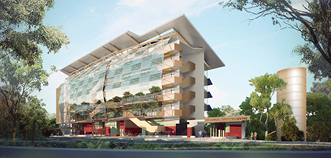 |
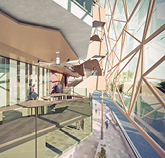 |
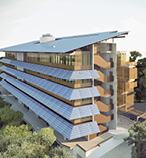 |
![]()
Ready to start using Green Star?
Green Star – Education
Green Star – Interiors
More Green Star rating tools
Contact:
Jorge Chapa
Chief Impact Officer
Green Building Council of Australia
Phone: 02 8239 6218
Email: jorge.chapa@gbca.org.au
In this section
- Why design or build a green commercial building?
- Why design or build a green residential building?
- Why design or build a green school?
- Why design or build a green hospital?
- Why design or build a green public building?
- Why own a green commercial building?
- Why own a green residential building?
- Why own a green school?
- Why own a green hospital?
- Why own a green public building?

